- PEER-REVIEWED JOURNAL ARTICLES -
Volzke, S; Cleeland, JB; McMahon, CR; Hindell, MA; Corney, SP & Wotherspoon, SJ. 2024. Modeling climate influences on male survival in the highly polygynous southern elephant seal (Mirounga leonina). Ecosphere,15:e4904. doi: 10.1002/ecs2.4904
Climate-mediated shifts in habitat conditions can influence marine predator population dynamics by altering the structure of the food web. Understanding these effects on southern elephant seals requires consideration of their life history. Analyzing 22 years of data from Sub-Antarctic Macquarie Island, Volzke et al. found that male survival rates varied with weaning mass and were influenced by a one-year lagged Southern Annular Mode. This influence was most pronounced during early developmental stages, likely due to associated changes in local productivity. In contrast, breeding adult males showed resilience to broad-scale climate influences once socially competitive for mating. This may reflect the unique ecology of the species' highly polygynous mating system. Understanding these dynamics is vital for predicting potential adaptive responses to future environmental challenges.
Photo credit: Jaimie Cleeland.
Photo credit: Jaimie Cleeland.
... ... ... ... ...
Volzke, S; Cleeland, JB; Hindell, MA; Corney, SP; Wotherspoon, SJ & McMahon, CR. 2023. Extreme polygyny results in intersex differences in age-dependent survival of a highly dimorphic marine mammal. Royal Society Open Science, 10:3, 10221635. doi: 10.1098/rsos.221635
Royal Society Open Science - 2023 Vol. 10, Issue 3
This study investigated the influence of sex and age on survival rates of southern elephant seals using long-term capture-mark-recapture records. The results showed clear differences in age-dependent survival rates between female and male seals. Male survival estimates were lower than females in the same age classes until 8 years of age, after which male survival decreased rapidly while female estimates remained constant. The study suggests that sex-specific adult survival is a result of ecological interactions and evolutionary specialization associated with being a highly polygynous marine predator. Maximizing growth is especially advantageous for males, with size being a major determinant of breeding probability.
... ... ... ... ...
Volzke, S., McMahon, C. R., Hindell, M. A., Burton, H. R., Wotherspoon, S. J. (2021). Climate influences on female survival in a declining population of southern elephant seals (Mirounga leonina). Ecology & Evolution, 11 (16), 11333-11344. doi:10.1002/ece3.7919
Ecology & Evolution - Volume 11, Issue 16
This research investigated the influence of large-scale climate modes (SAM and SOI) on female southern elephant seal survival (φ) by creating demographic models from historic capture-mark-recapture data. Map of the Southern Ocean from Tasmania (top) to East Antarctica and the Ross Sea (bottom) with Macquarie Island location marked by a small circle. Surrounding Antarctica, the Polar Front (blue line), 60th parallel south, (gray circle) and winter sea ice extent (white) are overlaid. Top right: Vegetation map of Macquarie Island (adapted from the Australian Antarctic Data Centre map no. 13106) and stylized illustration of a female southern elephant seal, Mirounga leonina (artwork by: Sophia Volzke).
- MEDIA -
17 JAN 2024 Podcast
Andrew Lewin interviews Sophia Volzke, an expert on elephant seals, specifically focusing on Neil the seal, who has become a viral sensation on TikTok. They discuss Neil's behavior, his interaction with humans, and the questions surrounding his safety...
21 DEC 2023 Radio Interview [USA]
Meet Neil the seal, the elephant seal in Tasmania captivating the internet w/ Sophia Volzke
20 DEC 2023 ABC News [AU]
Live TV News interview on Neil the Seal
1pm on ABC news Australia w/ Sophia Volzke
29 MAR 2023 Radio Interview [NZ]
Polyamorous southern elephant seals w/ Sophia Volzke
28 MAR 2023 Live Radio Interview
6 mins live radio interview
23 MAR 2023 Online News Article [GER]
Sie müssen einen Harem gegen Nebenbuhler verteidigen: Extreme Polygamie lässt männliche See-Elefanten waghalsig werden und soll so manche in den frühen Tod treiben.
22 MAR 2023 Online News Article
The Guardian: Sex on the beach: pressures of extreme polygamy may be driving southern elephant seals to early death
Study finds males, who can command a harem of up to 100 females, driven to gain weight as quickly as possible by foraging in areas full of predators.
06 MAR 2022 Podcast
That's what I call Science!: E143 Tales from Wedge Island: Part 1 & 2
That's what I call Science!: E143 Tales from Wedge Island: Part 1 & 2
Olly is camping on the uninhabited Wedge Island in order to research the behaviour of two seabirds: little penguins and short-tailed shearwaters. To help her are five fantastic volunteers: Madi McLatchie, Javed Riaz, Benjamin Viola, Sophia Volzke, and Jas Allnutt. Join Olly and her volunteers as they take you through some of the highs and lows of field biology.
19 MAR 2021 Podcast
Curious Pete Podcast: E20 Climate Change Basics - Sophia Volzke - Marine Biologist
Curious Pete sits down with Sophia Volzke, a marine biologist in Hobart to discuss the oceans, climate change, and the alien-like octopus
Curious Pete Podcast: E20 Climate Change Basics - Sophia Volzke - Marine Biologist
Curious Pete sits down with Sophia Volzke, a marine biologist in Hobart to discuss the oceans, climate change, and the alien-like octopus
12 AUG 2020 Newsletter
UTAS Alumni Newsletter August 2020: Picture This
Showcasing amazing images captured by the UTAS Alumni community
UTAS Alumni Newsletter August 2020: Picture This
Showcasing amazing images captured by the UTAS Alumni community
06 JUL 2020 Podcast
The Zest is History Podcast: S1E5 Rodney Fox - The Sexiest Man To Ever Be Bitten By A Shark
Brief named mention as Marine Biologist discussing shark culling in Australia (53m:45s - 54m:52s)
The Zest is History Podcast: S1E5 Rodney Fox - The Sexiest Man To Ever Be Bitten By A Shark
Brief named mention as Marine Biologist discussing shark culling in Australia (53m:45s - 54m:52s)
- AKNOWLEDGEMENTS -
- PUBLIC PROFILES -
UTAS eCite Digital Repository
Public interface to research outputs by scientists associated with the University of Tasmania
Public interface to research outputs by scientists associated with the University of Tasmania
UTAS Web Access Research Portal (WARP)
Individual Researchers Report; including funding information, project details and research outputs
Individual Researchers Report; including funding information, project details and research outputs
- Conferences -
--- Perth SMM 2024 ---
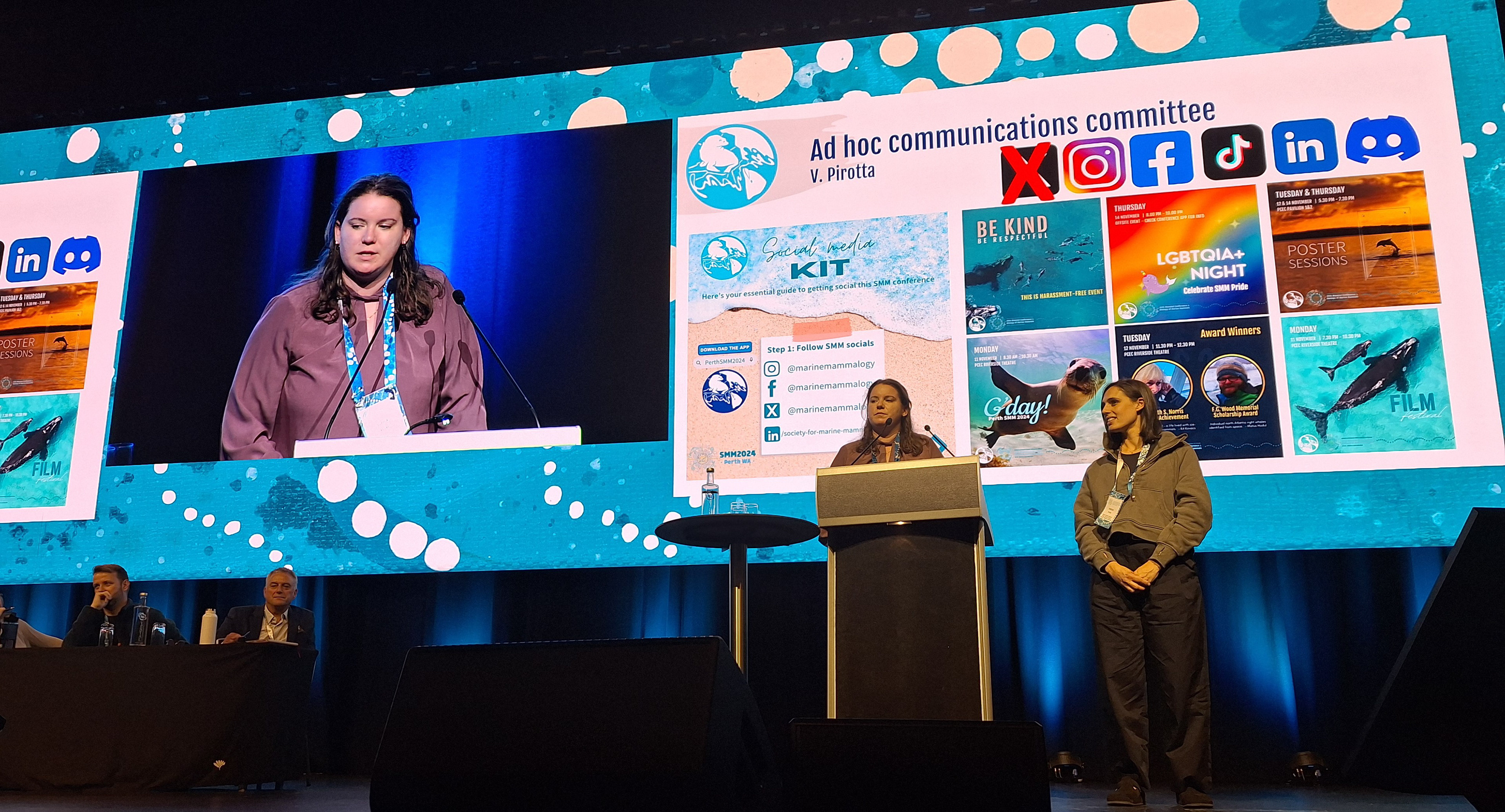




--- AMSA - NZMSS 2024 ---
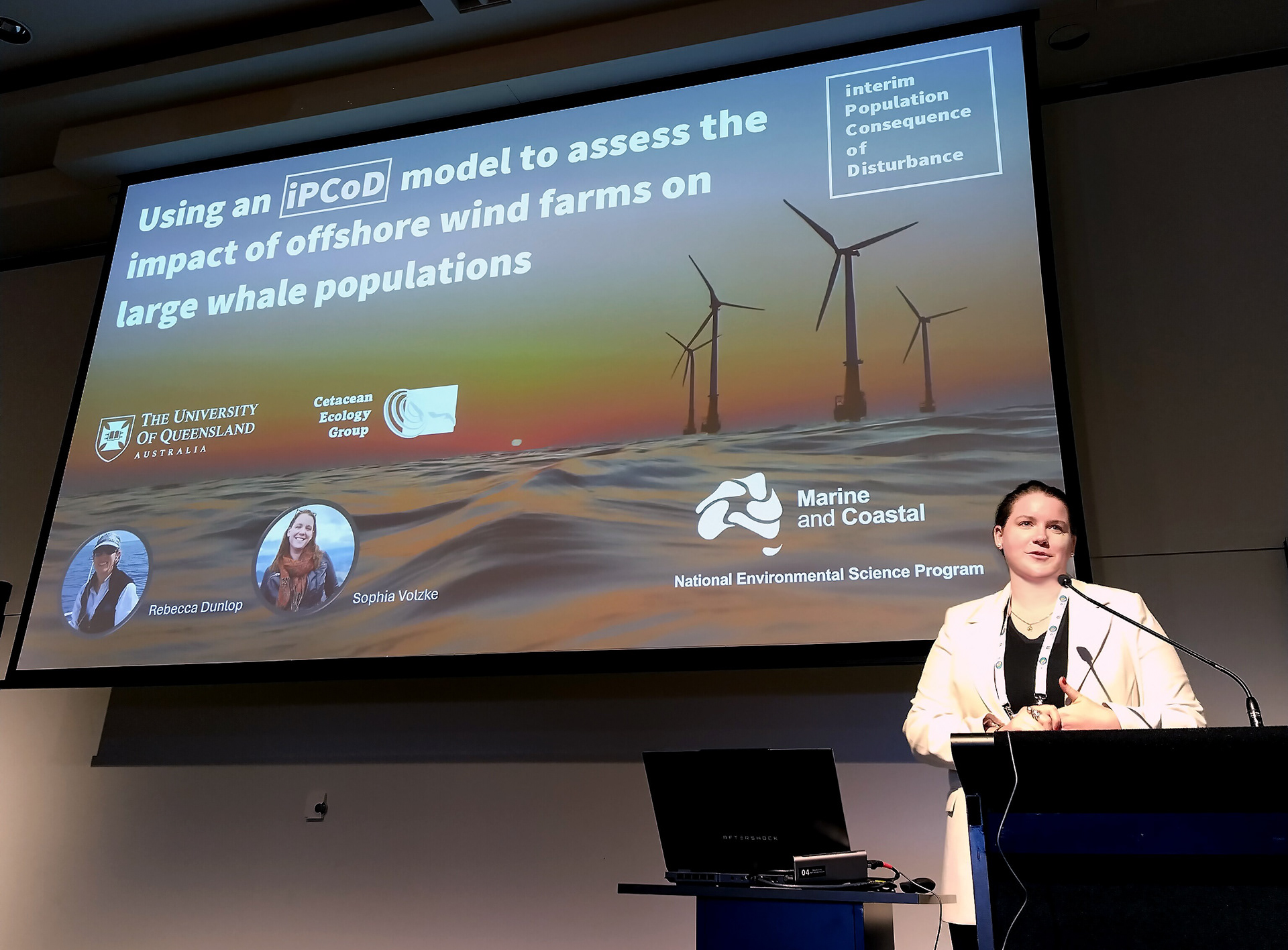
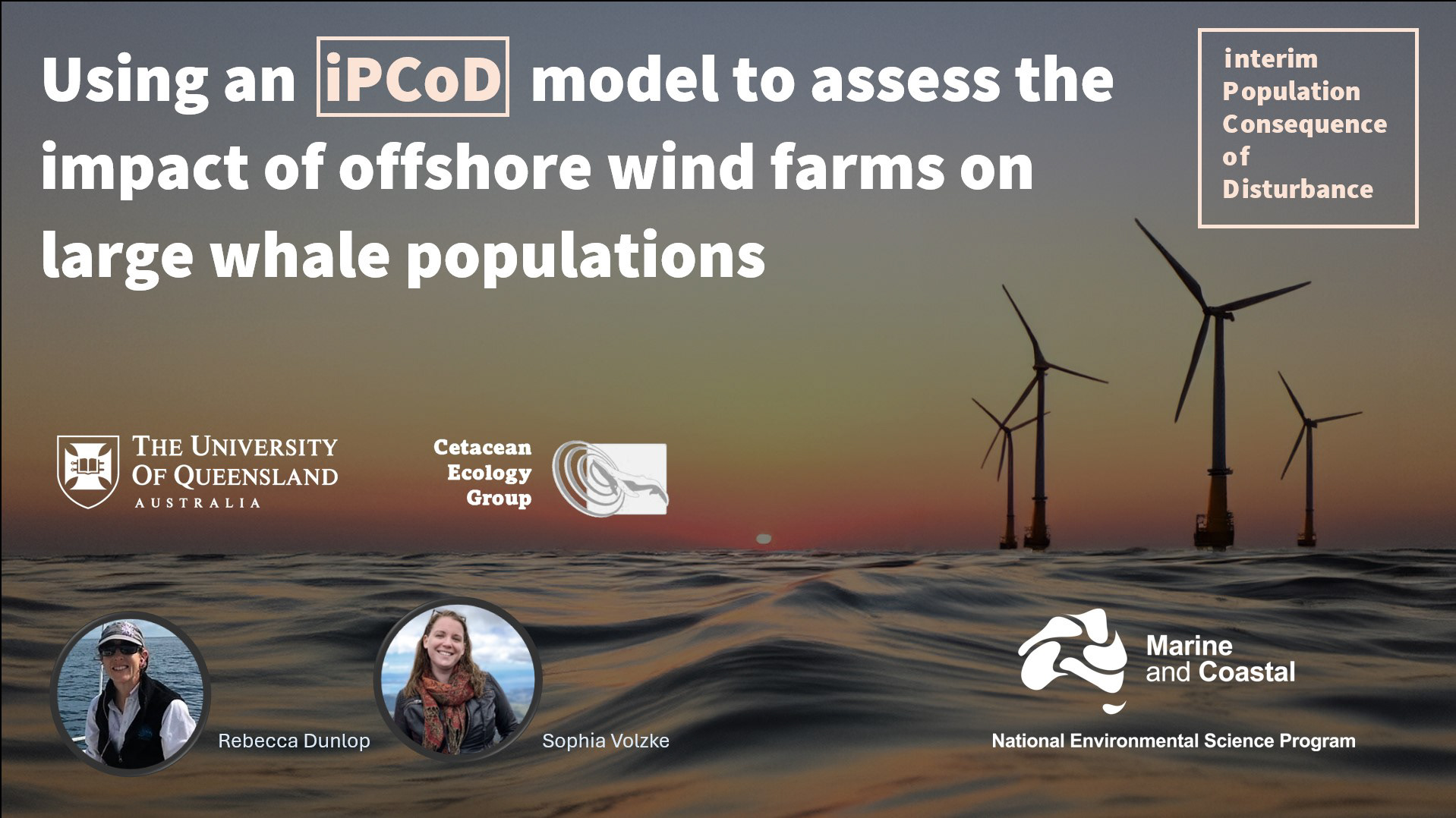
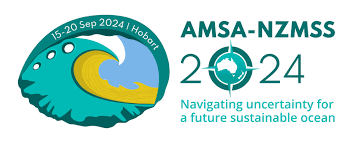
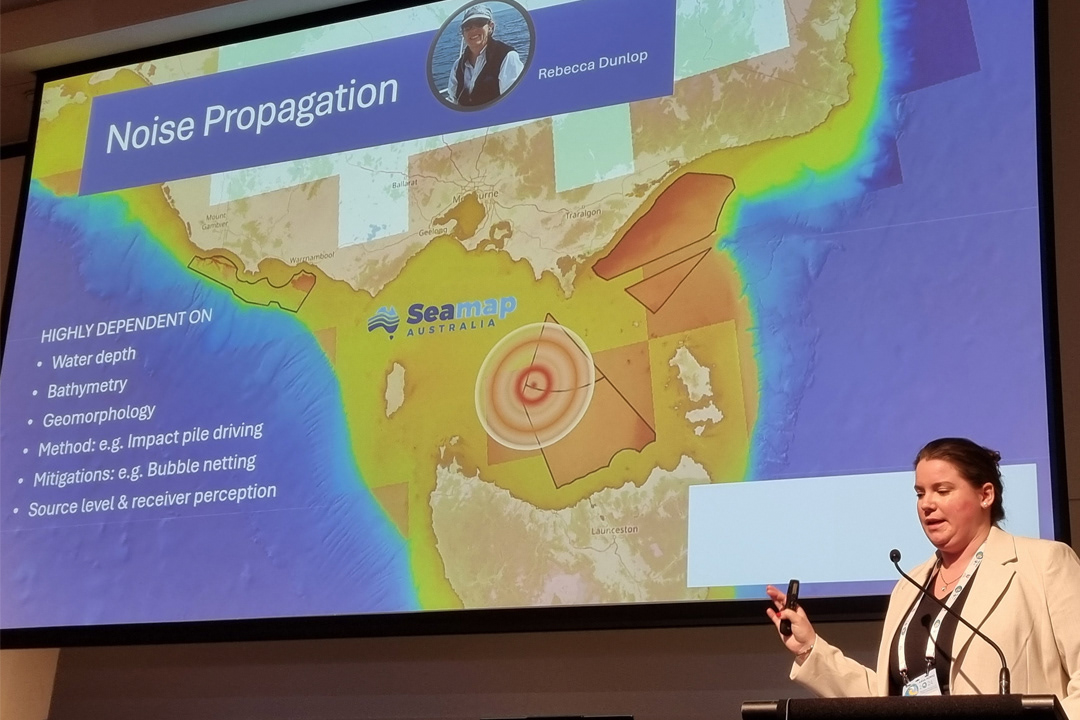
--- SCAR Biology 2023 ---
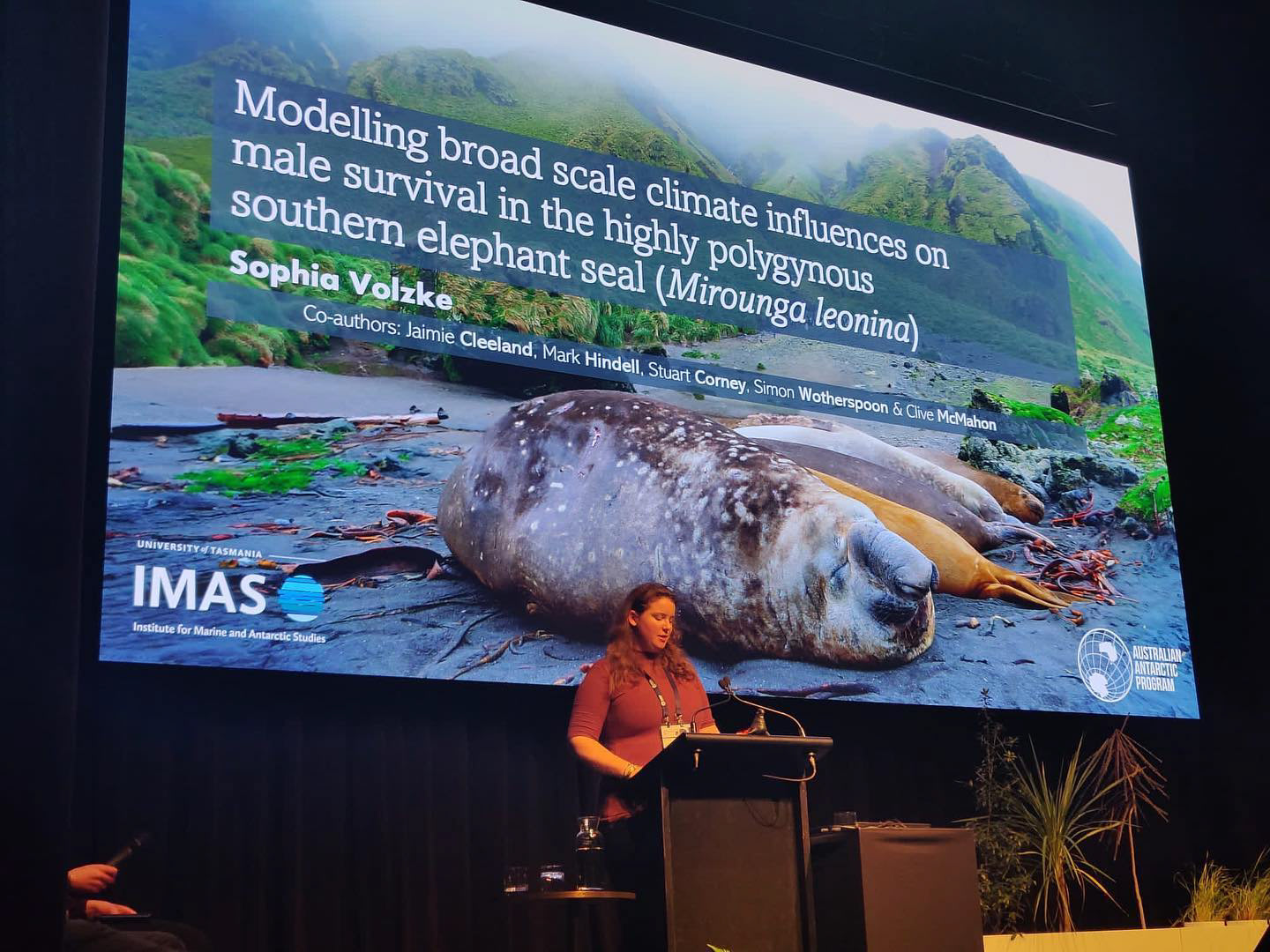
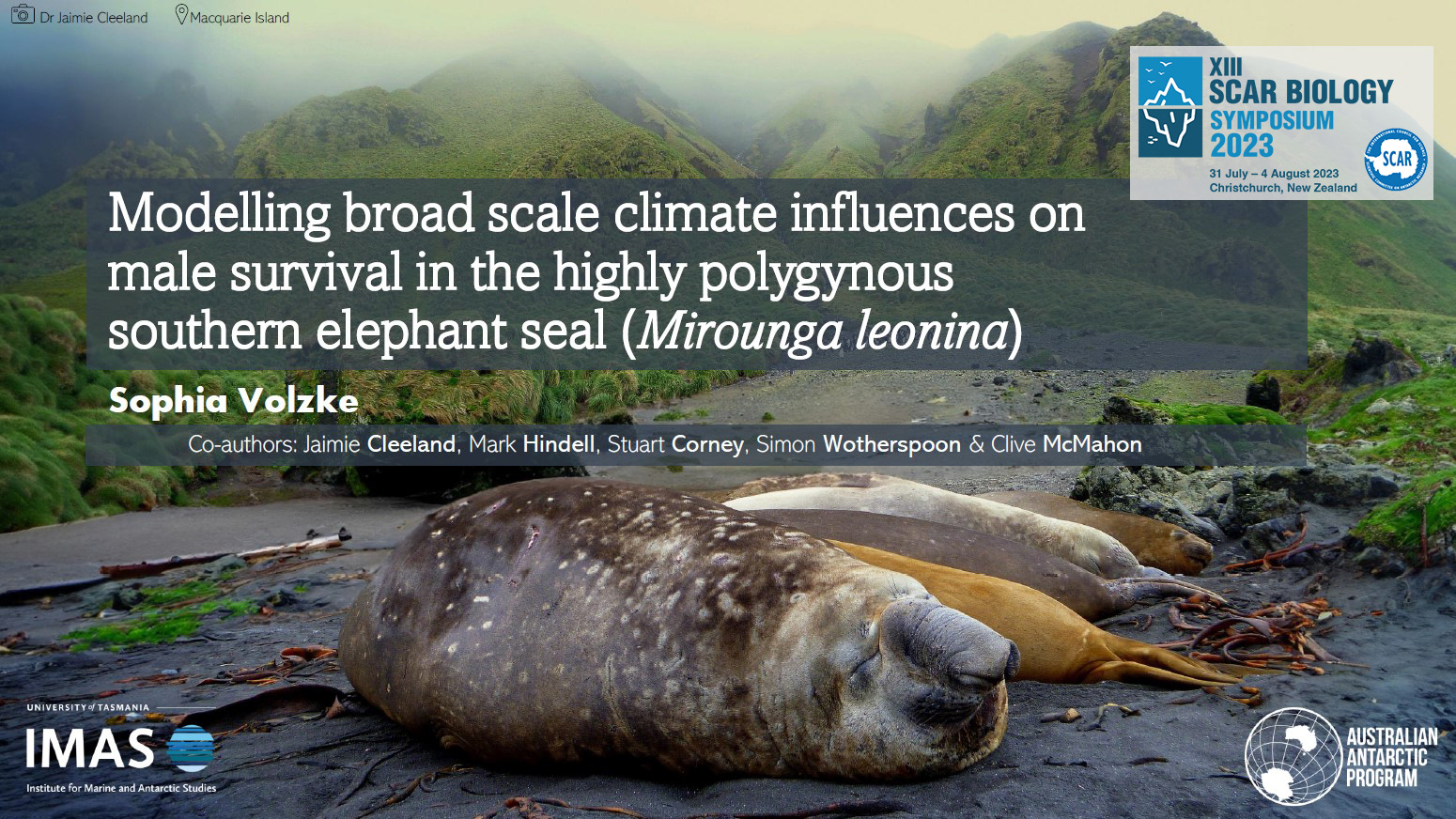
--- SCAR Open Science 2022 ---
--- IMBeR West Pacific Symposium 2021 ---
